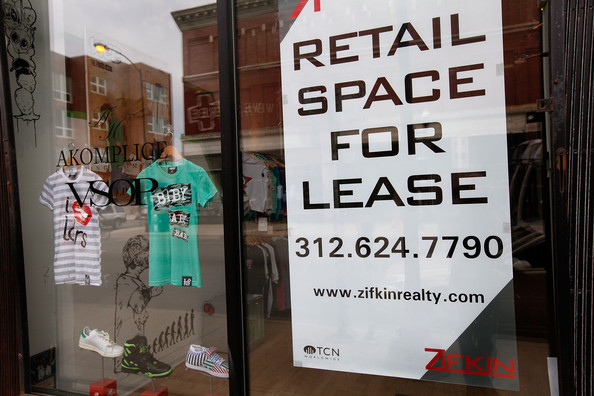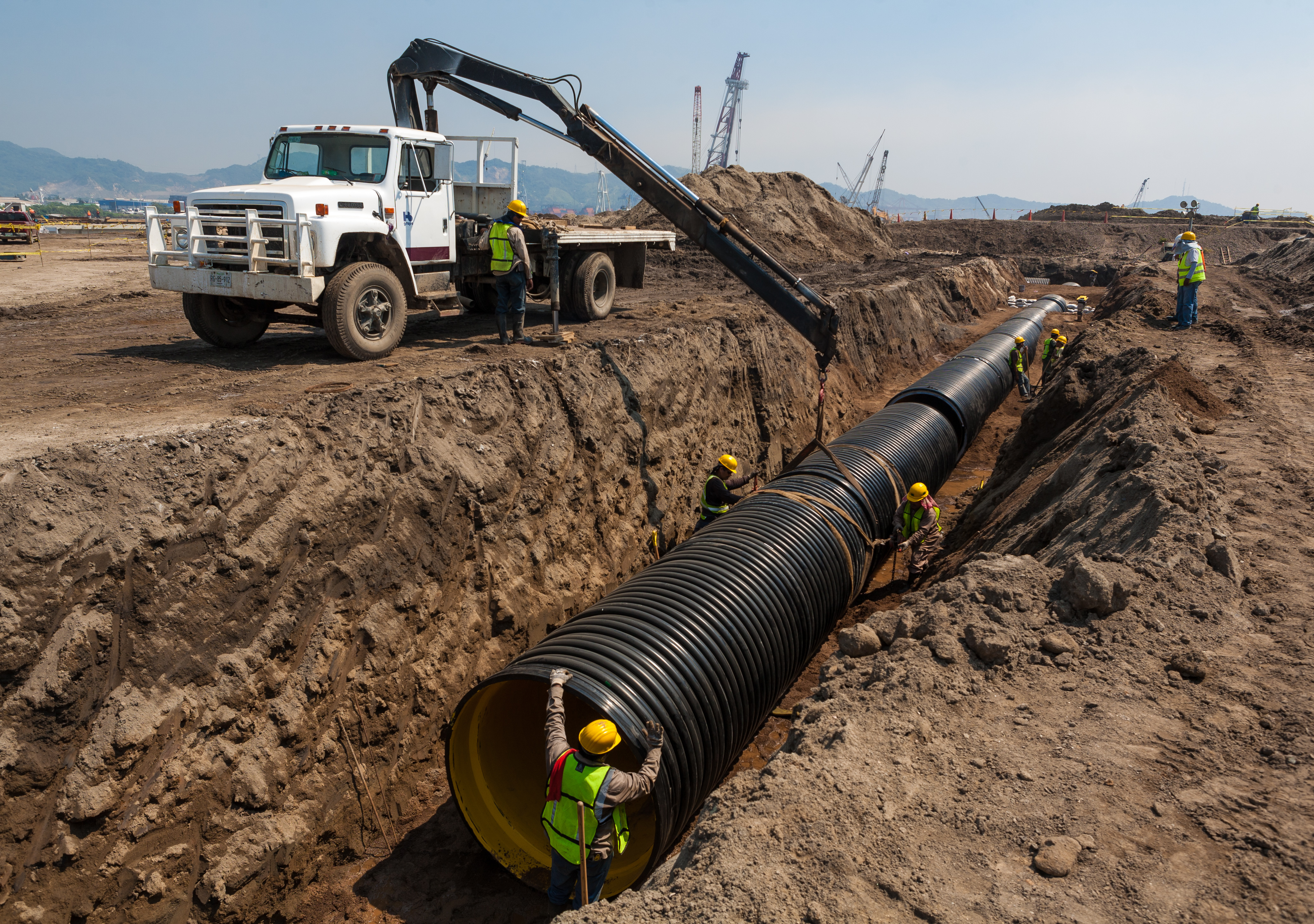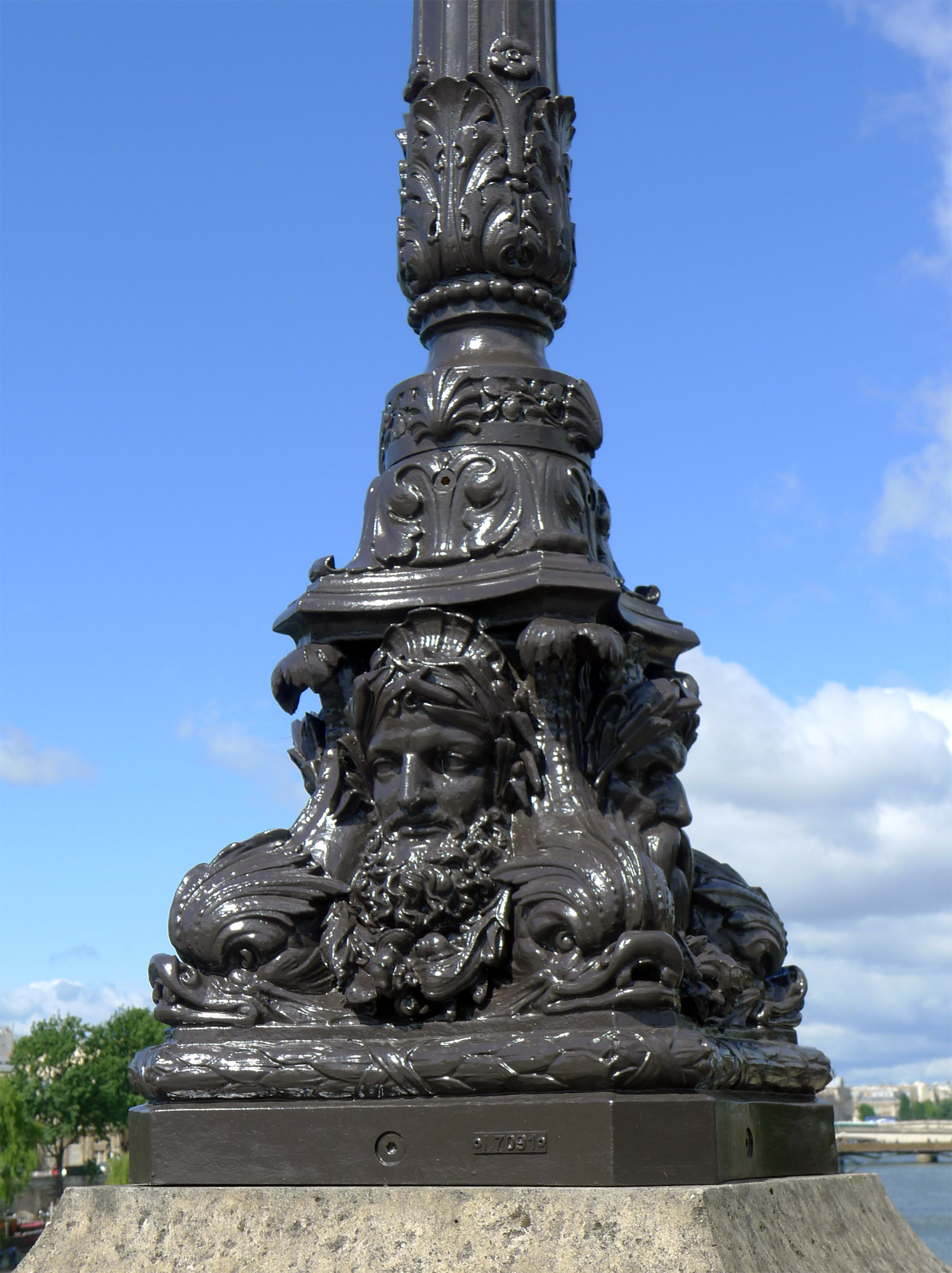|
Rates In Hong Kong
{{no footnotes, date=November 2011 A property tax known as "rates" has been levied in Hong Kong since 1845. The tax applies to all domestic and commercial properties unless exempted, and is based upon the rental value of the property, re-assessed each year. Formerly part of the revenue went to the Urban Council and, from 1986, the Regional Council, but since 2000 the whole amount goes to the Hong Kong Government. The valuation process is the responsibility of the Commissioner of Rating and Valuation, to whom appeals or objections may be submitted. The findings of various legal cases have clarified some aspects of rating law. History of rates in Hong Kong Introduction Unless specifically exempted under the Rating Ordinance (Chapter 116 of the Laws of Hong Kong), all properties in Hong Kong are liable to rating assessment, with rates payable at a specified percentage of the rateable value assessed on the property. Basically, the rateable value is the estimated market rental v ... [...More Info...] [...Related Items...] OR: [Wikipedia] [Google] [Baidu] |
Property Tax
A property tax (whose rate is expressed as a percentage or per mille, also called ''millage'') is an ad valorem tax on the value of a property.In the OECD classification scheme, tax on property includes "taxes on immovable property or Wealth tax, net wealth, taxes on the change of ownership of property through Inheritance tax, inheritance or Gift tax, gift and Financial transaction tax, taxes on financial and capital transactions" (see: ), but this article only covers taxes on realty. The tax is levied by the governing authority of the jurisdiction in which the property is located. This can be a national government, a federated state, a county or other Region, geographical region, or a Local government, municipality. Multiple jurisdictions may tax the same property. Often a property tax is levied on real estate. It may be imposed annually or at the time of a real estate transaction, such as in real estate transfer tax. This tax can be contrasted with a rent tax, which is based ... [...More Info...] [...Related Items...] OR: [Wikipedia] [Google] [Baidu] |
Finance
Finance refers to monetary resources and to the study and Academic discipline, discipline of money, currency, assets and Liability (financial accounting), liabilities. As a subject of study, is a field of Business administration, Business Administration wich study the planning, organizing, leading, and controlling of an organization's resources to achieve its goals. Based on the scope of financial activities in financial systems, the discipline can be divided into Personal finance, personal, Corporate finance, corporate, and public finance. In these financial systems, assets are bought, sold, or traded as financial instruments, such as Currency, currencies, loans, Bond (finance), bonds, Share (finance), shares, stocks, Option (finance), options, Futures contract, futures, etc. Assets can also be banked, Investment, invested, and Insurance, insured to maximize value and minimize loss. In practice, Financial risk, risks are always present in any financial action and entities. Due ... [...More Info...] [...Related Items...] OR: [Wikipedia] [Google] [Baidu] |
Lease
A lease is a contractual arrangement calling for the user (referred to as the ''lessee'') to pay the owner (referred to as the ''lessor'') for the use of an asset. Property, buildings and vehicles are common assets that are leased. Industrial or business equipment are also leased. In essence, a lease agreement is a contract between two parties: the lessor and the lessee. The lessor is the legal owner of the asset, while the lessee obtains the right to use the asset in return for regular rental payments. The lessee also agrees to abide by various conditions regarding their use of the property or equipment. For example, a person leasing a car may agree to the condition that the car will only be used for personal use. The term rental agreement can refer to two kinds of leases: * A lease in which the asset is tangible property. Here, the user '' rents'' the asset (e.g. land or goods) ''let out'' or ''rented out'' by the owner (the verb ''to lease'' is less precise because it c ... [...More Info...] [...Related Items...] OR: [Wikipedia] [Google] [Baidu] |
Landed Property
In real estate, a landed property or landed estate is a property that generates income for the owner (typically a member of the gentry) without the owner having to do the actual work of the estate. In medieval Western Europe, there were two competing systems of landed property; manorialism, inherited from the Roman villa system, where a large estate is owned by the Lord of the manor and leased to tenants; and the family farm or '' Hof'' owned by and heritable within a commoner family (cf. yeoman), inherited from Germanic law. A gentleman farmer is the largely historic term for a country gentleman who has a farm as part of his estate and farms mainly for pleasure rather than for profit. His acreage may vary from under ten to hundreds of acres. The gentleman farmer employed labourers and farm managers. However, according to the 1839 ''Encyclopedia of Agriculture'', he "did not associate with these minor working brethren". The chief source of income for the gentleman farmer was de ... [...More Info...] [...Related Items...] OR: [Wikipedia] [Google] [Baidu] |
Ordinance (Hong Kong)
A local ordinance is a law issued by a local government such as a municipality, county, parish, prefecture, or the like. Hong Kong In Hong Kong, all laws enacted by the territory's Legislative Council remain to be known as ''Ordinances'' () after the transfer of the territory's sovereignty to China in 1997. Germany The German Constitution grants the federated states certain exclusive rights including police and public order powers. The 16 state governments delegate many of their responsibilities and powers to local authorities. Local authorities have powers to pass local ordinances () e.g. to determine the use of land, planning questions, public order, emergency and transport issues etc. The ordinance must follow a public disclosure and consultation procedure and then approved by the local assembly as well as the elected representative of the executive (e.g. the mayor). The state authorities or stakeholders, including citizens who can show that they have a sufficiently stron ... [...More Info...] [...Related Items...] OR: [Wikipedia] [Google] [Baidu] |
Castle Peak Road
Castle Peak Road ( Chinese: 青山公路) is the longest road in Hong Kong. Completed in 1920, it has the approximate shape of an arc of a semi-circle. It runs west from Tai Po Road in Sham Shui Po, New Kowloon, to Tuen Mun, then north to Yuen Long and east to Sheung Shui, in the very north of the New Territories; it is divided into 22 sections. Name The road was named after Castle Peak, a mountain in the western New Territories; the area to the east of the peak was hence named Castle Peak and later given its old name of Tuen Mun. The road was originally known in Chinese as ''Tsing Shan To'' () for its entire length. The Chinese name of the section of the road in the New Territories was later changed to ''Tsing Shan Kung Lo'' (; lit. "castle peak public road", or "castle peak highway"). In everyday conversation, however, the term ''Tsing Shan To'' survives for the stretches within Tsuen Wan and Yuen Long. History The road was constructed soon after the British leased ... [...More Info...] [...Related Items...] OR: [Wikipedia] [Google] [Baidu] |
Kwai Chung
Kwai Chung is an urban area within Tsuen Wan New Town in the New Territories of Hong Kong. Together with Tsing Yi Island, it is part of the Kwai Tsing District of Hong Kong. It is also part of Tsuen Wan New Town. In 2000, it had a population of 287,000. Its area is 9.93 km2. Areas within Kwai Chung include: Kwai Fong, Kwai Hing, Lai King, Tai Wo Hau. Kwai Chung is the site of part of the container port of Hong Kong. Origin of the name In earlier times Kwai Chung was called Kwai Chung Tsai (). Kwai Chung was a stream (Chung) that emptied into Gin Drinkers Bay (). The whole bay was reclaimed for land and the stream is no longer visible. Divisions Traditionally, Kwai Chung is divided into Sheung Kwai Chung (), and Ha Kwai Chung (). Administratively, the former is called North Kwai Chung, and the latter South Kwai Chung. Sheung Kwai Chung, Chung Kwai Chung Village () and Ha Kwai Chung Village () are recognized villages under the New Territories Small House ... [...More Info...] [...Related Items...] OR: [Wikipedia] [Google] [Baidu] |
Tsuen Wan
Tsuen Wan (formerly also spelled Tsun Wan) is a New towns of Hong Kong, town built on a bay in the New Territories West (constituency), western New Territories of Hong Kong, opposite Tsing Yi, Tsing Yi Island across Rambler Channel. The market town of Tsuen Wan emerged from the surrounding villages and fleets of fishing boats in the area. The modern city is centered the Tsuen Wan station of the MTR. Its coastline was further extended through Land reclamation in Hong Kong, land reclamation. History According to the report of Hong Kong archaeological society, people settled in Tsuen Wan as early as 2,000 years ago. In earlier days, it was known as Tsin Wan (淺灣) which means shallow bay, and later renamed to Tsuen Wan. Another name ''Tsak Wan'' (賊灣, Hakka dialect pronunciation: tshet wan), pirate bay, indicates the presence of pirates nearby long ago. In fact, the area around Rambler Channel was known as Sam Pak Tsin (三百錢), literally meaning three hundred coins ... [...More Info...] [...Related Items...] OR: [Wikipedia] [Google] [Baidu] |
Drainage
Drainage is the natural or artificial removal of a surface's water and sub-surface water from an area with excess water. The internal drainage of most agricultural soils can prevent severe waterlogging (anaerobic conditions that harm root growth), but many soils need artificial drainage to improve production or to manage water supplies. History Early history The Indus Valley Civilization had sewerage and drainage systems. All houses in the major cities of Harappa and Mohenjo-daro had access to water and drainage facilities. Waste water was directed to covered gravity sewers, which lined the major streets. 18th and 19th century The invention of hollow-pipe drainage is credited to Sir Hugh Dalrymple, who died in 1753. Current practices Simple infrastructure such as open drains, pipes, and berms are still common. In modern times, more complex structures involving substantial earthworks and new technologies have been common as well. Geotextiles New storm water drainag ... [...More Info...] [...Related Items...] OR: [Wikipedia] [Google] [Baidu] |
Street Lighting
A street light, light pole, lamp pole, lamppost, streetlamp, light standard, or lamp standard is a raised source of light on the edge of a road or path. Similar lights may be found on a railway platform. When urban electric power distribution became ubiquitous in developed countries in the 20th century, lights for urban streets followed, or sometimes led. Many lamps have light-sensitive photocells that activate the lamp automatically when needed, at times when there is little-to-no ambient light, such as at dusk, dawn, or the onset of dark weather conditions. This function in older lighting systems could be performed with the aid of a solar dial. Many street light systems are being connected underground instead of wiring from one utility post to another. Street lights are an important source of public security lighting intended to reduce crime. History Preindustrial era Early lamps were used in the Ancient Greek and Ancient Roman civilizations, where light primarily ser ... [...More Info...] [...Related Items...] OR: [Wikipedia] [Google] [Baidu] |
Tai Po
Tai Po is an List of areas of Hong Kong, area in the New Territories of Hong Kong. It refers to the vicinity of the traditional market towns in the area presently known as Tai Po Old Market or Tai Po Kau Hui () (the original "Tai Po Market") on the north of Lam Tsuen River and the Tai Po Hui (the current Tai Po Market; historically Tai Wo Shi, literally ''Tai Wo market'') on Fu Shin Street on the south of the Lam Tsuen River, near the old Tai Po Market railway station of the East Rail line, Kowloon-Canton Railway (British Section). Both market towns became part of the Tai Po New Town in the late 1970s and early 1980s. In present-day usage, "Tai Po" may refer to the area around the original market towns, the Tai Po New Town (), or the entire Tai Po District. Etymology In Chinese, the place, Tai Po (), was formerly written as . Treating the Chinese characters separately, the pronunciation of Po in the third tone () in Cantonese are shared with many words, not only Po in th ... [...More Info...] [...Related Items...] OR: [Wikipedia] [Google] [Baidu] |






